- About us
- Support the Gallery
- Venue hire
- Publications
- Research library
- Organisation chart
- Employment
- Contact us
- Make a booking
- Onsite programs
- Online programs
- School visit information
- Learning resources
- Little Darlings
- Professional learning
This work is one of six photographs donated to the National Portrait Gallery in 2011 by the descendants of William Robertson (1798–1874), a key player in the settlement of Victoria in the 1830s. A farmer’s son, Robertson came to Van Diemen’s Land in 1822 and took up land before going into business with his brothers in an emporium in Hobart. In September 1834, he married Margaret Whyte (1811–1866), the daughter of fellow Scottish settlers. In 1835, Robertson joined a number of other investors in a scheme to expand pastoral activities into the Port Phillip district. Over the course of the next decade, he became a major landholder in the new colony, with substantial holdings in the area around Colac. He oversaw the operation of his pastoral empire from his Hobart home until 1852 and settled permanently at his Victorian property, Corangamarah, later called The Hill, in the early 1860s. The group of donated Robertson family photographs includes hand-coloured daguerreotypes of William and Margaret, and of their second eldest son, William junior (1839–1892). Also in the group are portraits of William Robertson junior's wife, Martha Mary Robertson (nee Murphy, 1844-1909) depicted with their eldest child, William St Leonards Robertson (1864-1950) - who is also the subject of this work.
Gift of Fiona Turner (née Robertson) and John Robertson 2011. Donated through the Australian Government's Cultural Gifts Program.
William St.Leonards Robertson (age 1 in 1865)
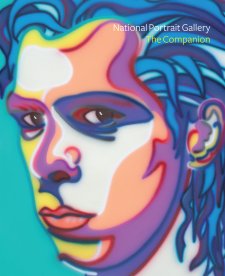
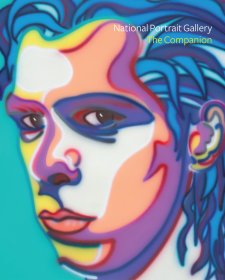

On one level The Companion talks about the most famous and frontline Australians, but on another it tells us about ourselves.
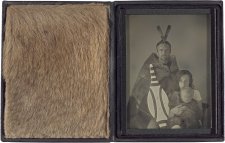
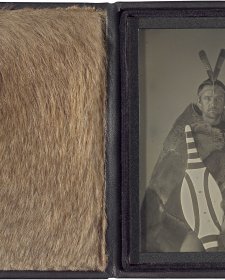
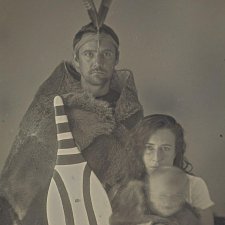
This sample of 56 photographs takes in some of the smallest photographs we own and some of the largest, some of the earliest and some of the most recent, as well as multiple photographic processes from daguerreotypes to digital media.


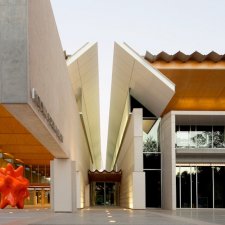
Visit us, learn with us, support us or work with us! Here’s a range of information about planning your visit, our history and more!